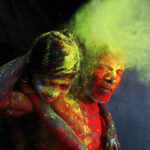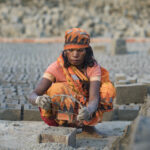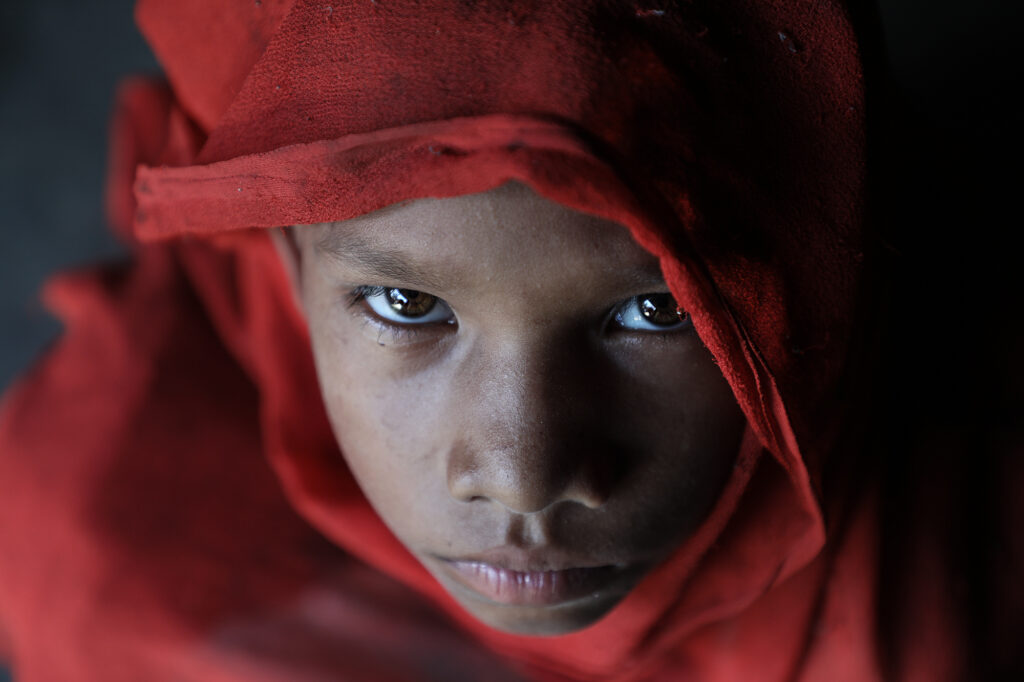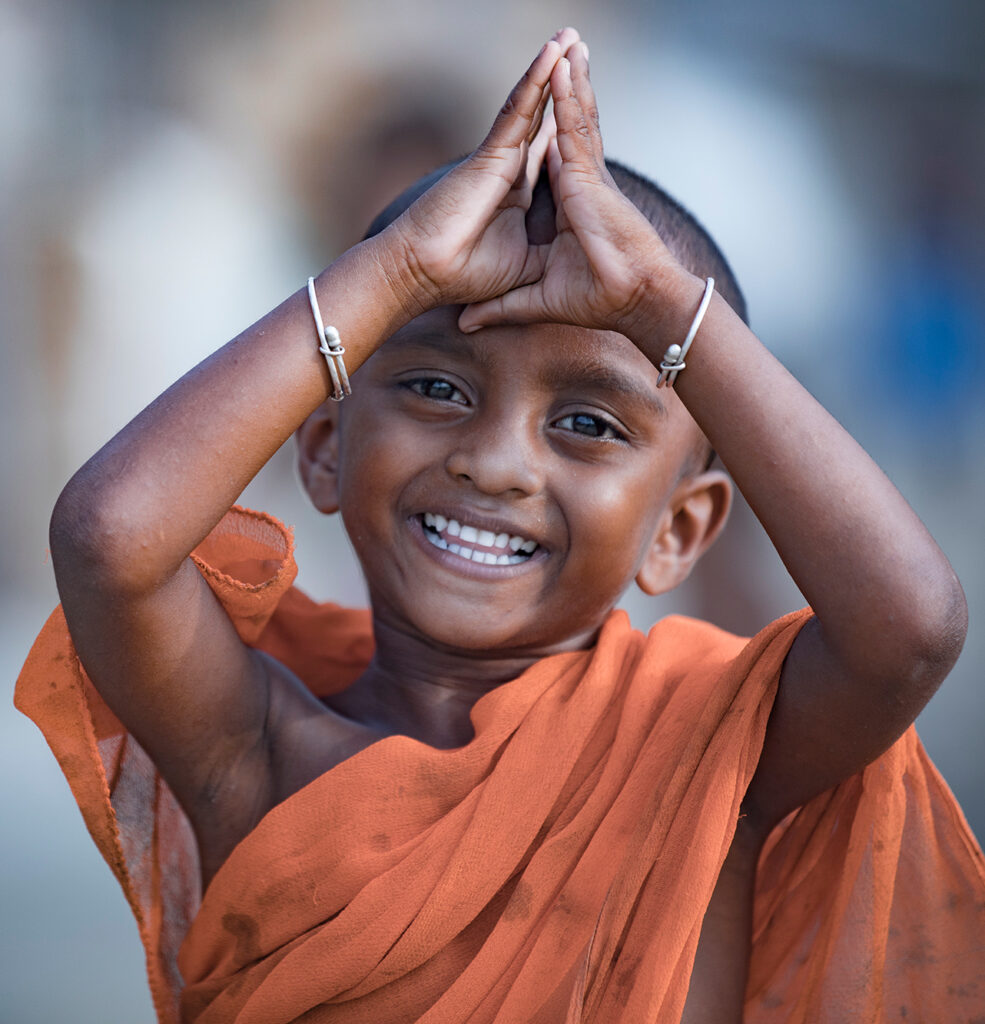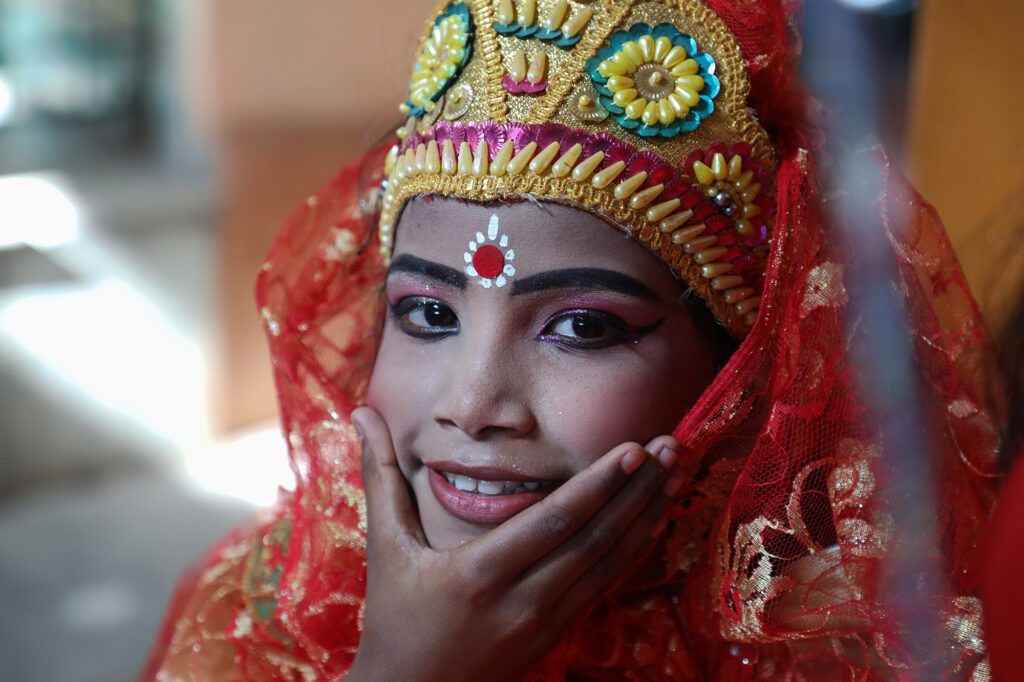Photography, at its core, is about capturing moments. Beyond the shutter speed, aperture, and ISO settings, it’s a medium that allows us to freeze time and tell a story. However, what happens when that story ventures into the realms of the ethereal, into spirituality?
The Interplay of Light and Shadows
In spiritual traditions worldwide, light often symbolizes knowledge, purity, and enlightenment, while shadows hint at mystery, the unknown, and sometimes our inner challenges. Photographers naturally play with these elements, but capturing spiritual moments requires one to go beyond the technicalities, tapping into the deep-seated feelings and energies of a scene.
Sacred Spaces
Consider the quiet corners of a centuries-old temple or the serene ambience of a secluded shrine. When photographing such places, it’s essential to respect the sanctity of the location. But it’s equally important to convey the stillness, the weight of years of prayers, and the atmosphere charged with devotion. The key? Patience. Often, waiting for the perfect interplay of natural light or the right moment when a devotee enters the frame can make all the difference.
Portraits of Devotion
Capturing the human element is crucial. From the meditative monk lost in his trance to the passionate dancer immersed in a spiritual performance, their expressions narrate tales of deep connection, surrender, and transcendence. Such photographs don’t just showcase a subject; they reveal a soul’s journey.
Symbols and Rituals
Every spiritual tradition is replete with symbols and rituals. Be it the prayer beads, the sacred texts, or the intricate rituals performed, each has a story waiting to be told. As photographers, delving deeper into their meanings can aid in capturing them with the reverence they deserve.
The Ethical Dimension
When treading the delicate path of spiritual photography, ethics must be at the forefront. It’s about respect. Before photographing, always seek permission, especially in sacred spaces or during private rituals. Remember, while the goal is to capture the essence of spirituality, it should never be at the cost of someone’s privacy or beliefs.
Conclusion
Photography, when intertwined with spirituality, offers an avenue to explore deeper realms of human existence. It challenges us to not just be observers, but participants in the grand tapestry of life, urging us to connect, understand, and respect the myriad ways in which spirituality manifests. In this journey, the camera becomes more than just a tool—it becomes a bridge between the seen and the unseen, the outer world and the inner soul.





